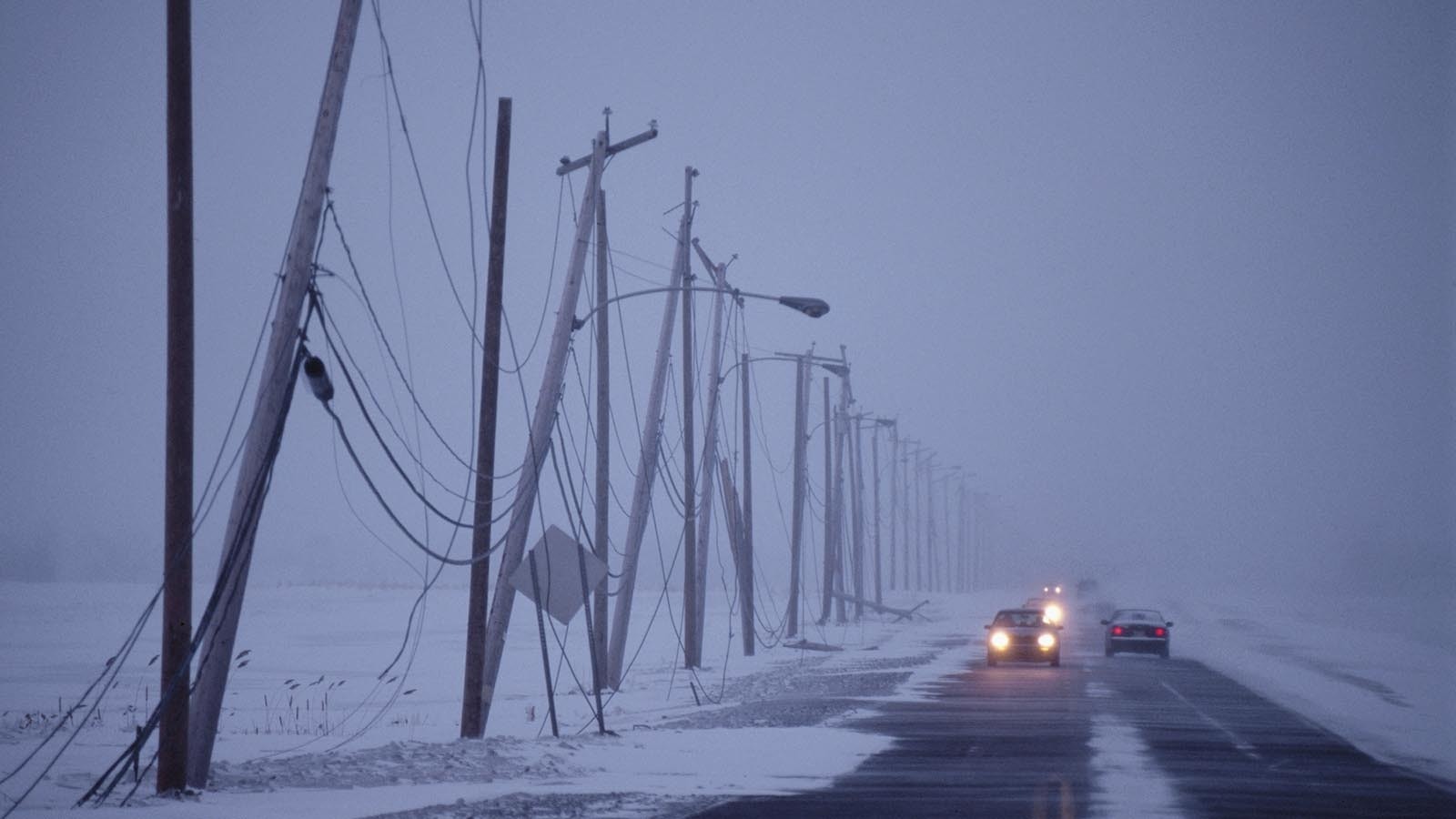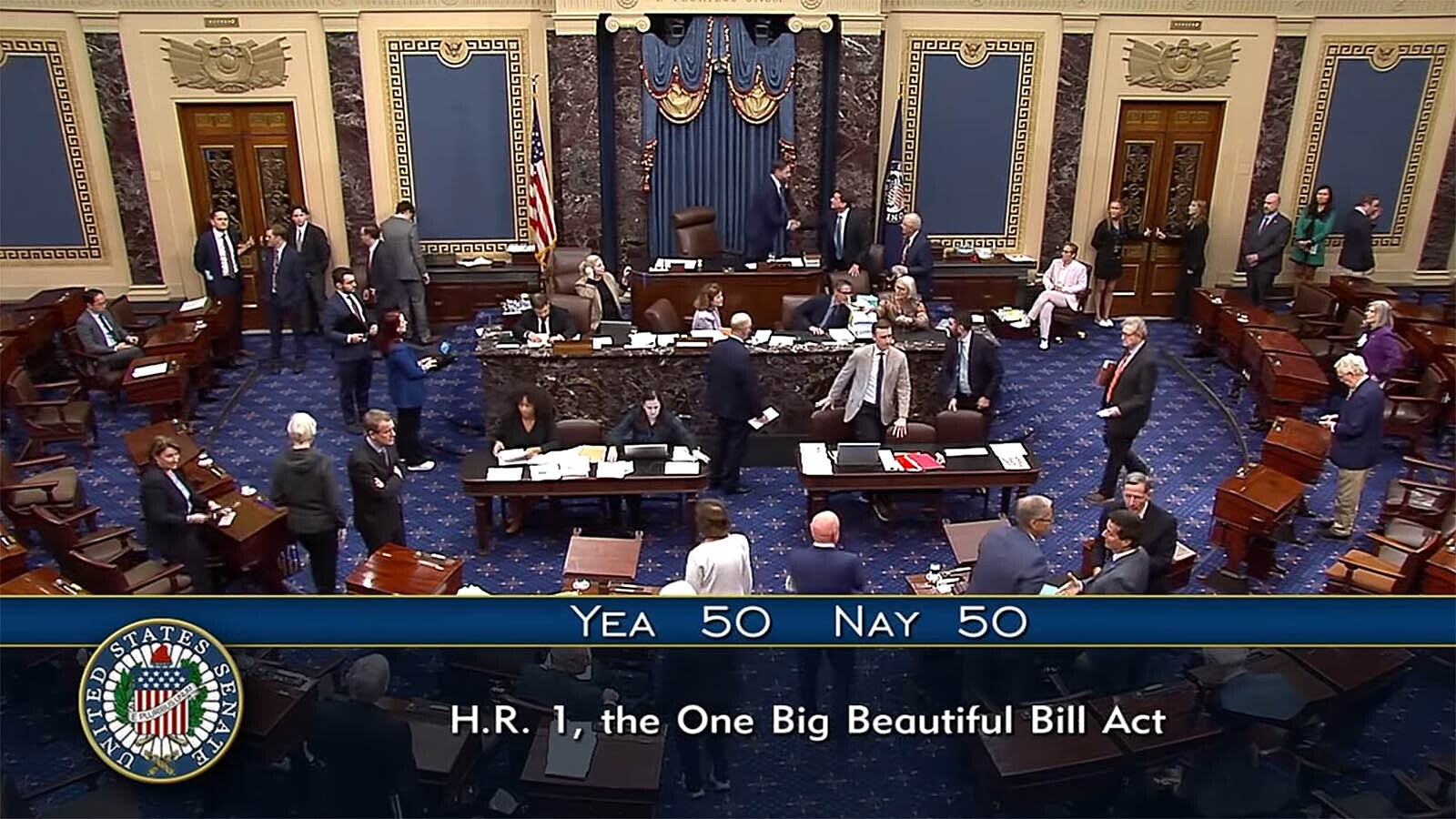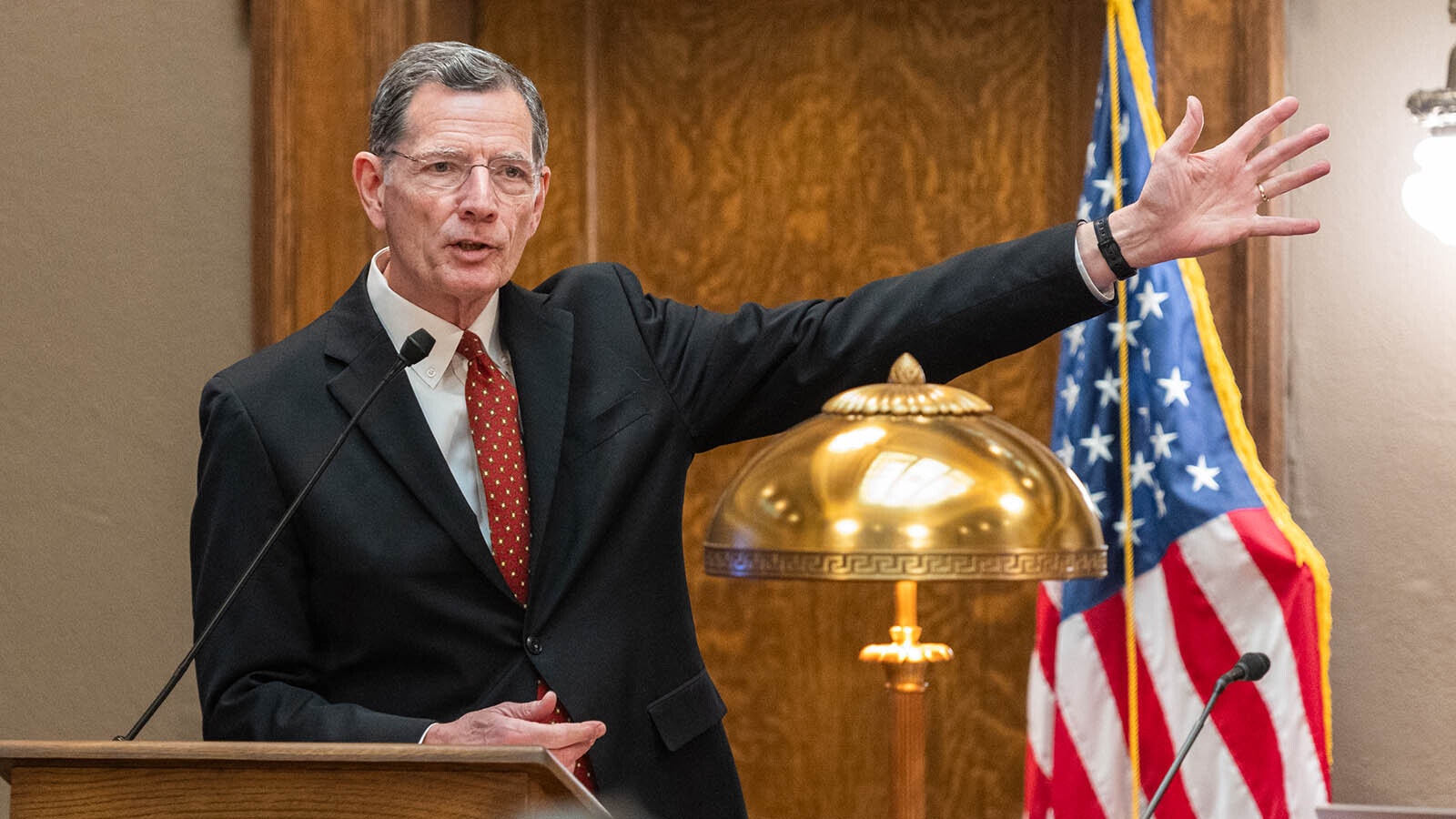An analysis by an electric grid watchdog warns that “a large portion of the North American bulk power system is at risk of having insufficient energy supplies during severe winter weather.”
The North American Energy Reliability Corp. (NSERC) report attributes the inadequacy of electricity resources to handle extreme cold to the closure of 4.2 gigawatts in nuclear and coal-fired generation capacity since last winter.
This represents more than a 5% decrease in winter power reserves, the nonprofit’s analysis concludes.
The report deals with a wide area of the East, but it also includes the Midcontinent Independent System Operator (MISO) area, which covers a small portion of southeast South Dakota. Basin Electric Power Cooperative, which has members in that area and parts of Wyoming, is watching the situation.
Basket Of Resources
Andy Buntrock, vice president of strategic planning and communications for Basin Electric, said the cooperative pursues an “all-of-the-above” strategy when it comes to the electricity resources. That includes coal, natural gas, hydroelectric, diesel, solar and wind. This includes the coal-fired Dry Fork Station near Gillette.
“We focus on ensuring that we have a good basket of generators that are both dispatchable, which would be those that are available on demand like coal and natural gas, and then also non-dispatchable resources, such as wind and solar,” Buntrock explained.
However, the portfolio is part of a regional trade organization, which is a pool of resources over a wide region. So, it is possible that a bad winter storm could drive up demand in one area and impact the entire grid.
Blackouts Possible
While the analysis is looking at resources in the East, and the grid that powers much of Wyoming is separate from that grid, other reports have warned that a similar situation exists for the Western grid.
The Western Electricity Coordinating Council’s (WECC) “Assessment of Resource Adequacy” report estimates that by 2025, the Western Interconnection, which is the grid serving Wyoming and other states in the West, could see blackouts.
The elimination of coal- and natural gas-fired electrical generation removed 18 gigawatts of power from the Western grid, the assessment notes, and another 26 gigawatts will be gone by 2032. About 80 gigawatts from solar, wind and solar energy storage will be added in the coming years, but the resources are intermittent.
That means that if the cold weather comes when there’s not enough wind and solar resources, there will be blackouts.
Buntrock said the regional trade organizations that utilities like Basin Electric are part of act as insurance policies, where the inputs of a pool serve to support specific areas of need.
“That’s the importance and the benefit of a regional trade organization,” Buntrock said.
Bad Policy
Eli Bebout, former Wyoming Senate president, said that he had gone to Arkansas with other Wyoming legislators. They were given a tour of the control room where grid reliability is maintained, with intermittent sources coming and going according to the weather.
“The bottom line is that wind and solar are not dependable, dispatchable reliable power,” Bebout said.
Bebout said the situation with disappearing dispatchable power from coal — the U.S. has 196 gigawatts of coal-fired capacity remaining — is especially infuriating when China and India are building new coal plants.
He also pointed to the situation in Germany. The country has been staunchly opposed to developing natural gas from its shale resources, and the Russian invasion of Ukraine left it without a source of natural gas. The country is now reversing its decline in coal use and delaying closure of nuclear plants, as its wind and solar resources fail to meet demand.
Bebout said America needs to reconsider its shuttering of dispatchable power sources.
“It’s just bad policies coming out of the administration in Washington. I’m opposed to it, and I think it’s bad for our country,” Bebout said.
Winter Storm Uri
Blackout scenarios like those contemplated in the NERC and WECC analyses happened in February 2021 during Winter Storm Uri. Extreme cold that exceeded seasonal averages increased the demand for energy over much of the West. The event impacted the Southwest Power Pool, which serves many customers in Wyoming.
The push for renewables also has included a push against fossil fuels, leading to severe declines in investment, as investors don’t put a lot of capital into industries the government is seeking to restrict or possibly eliminate. This led to shortages in the availability of natural gas.
Combined with a lack of wind blowing and demands on limited supplies of natural gas, Texas and customers in the Southwest Power Pool were hit with rolling blackouts during the storm. Eventually, those blackouts spread throughout the central U.S., including parts of South Dakota and Minnesota.





